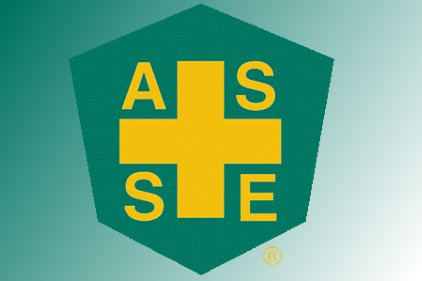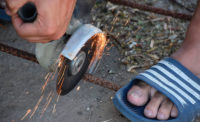Overcoming resistance to near-miss reporting
Easily ignored incidents can be key to improving safety performance

 Even though a near-miss incident on a job site may cause no injuries or property or equipment damage, it can give a company a heads’ up about a need for early intervention, thereby enabling it to improve its safety performance.
Even though a near-miss incident on a job site may cause no injuries or property or equipment damage, it can give a company a heads’ up about a need for early intervention, thereby enabling it to improve its safety performance.
That point is made in Near Miss Reporting – a Missing Link in Safety Culture, a peer-reviewed feature in the May issue of the American Society of Safety Engineers’ (ASSE) journal, Professional Safety.
The article examines organizational resistance to near-miss reporting – and why overcoming that resistance is important to the development of a proactive safety culture.
| “We have to engage people on the front line to eliminate personal risks.” |
Over the years several studies have shown that near-misses greatly outnumber serious accidents involving fatality, injury or property damage. For example, a 1993 study by Health and Safety Executive researchers found that for every lost time injury more than three days in length there were 189 non-injury cases.
The article examines reasons for reluctance to report near misses, such as: misunderstanding about the meaning of a near-miss, fear of punishment or retaliation for a near-miss report, peer pressure, concern about record and reputation, the complexity and inconvenience of filling out a near-miss report, lack or recognition and feedback or an organization’s desire to maintain the status quo.
“We want to develop a culture that doesn’t wait until someone is injured, but identifies the risk before it happens,” explained the article’s author, Mike Williamsen, Ph.D., CSP. “We have to engage people on the front line to eliminate personal risks.”
Referring to near-miss reporting as a ‘personal risk assessment,’ Williamsen offers several solutions to overcoming the barriers to reporting near-misses in his article, that can be put into place to achieve what he calls a culture based safety system; define expectations that all employees report unsafe conditions or perceived risks, provide employees with safety training, provide measurement for how near-miss reporting has improved safety performance and recognize and reward employees and crews for pro-active safety actions.
For more information about ASSE’s Professional Safety journal, visit www.asse.org/professionalsafety.
Looking for a reprint of this article?
From high-res PDFs to custom plaques, order your copy today!








